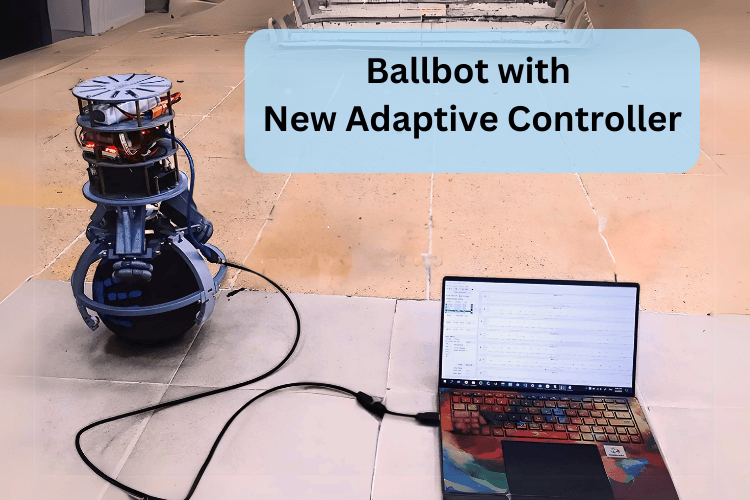
Ballbots are a fascinating type of robot that can move in any direction, but controlling them is no easy task. Traditional controllers, like PID (Proportional-Integral-Derivative), struggle to handle these balancing issues, while more advanced methods can cause instability and excessive movements.
A team of researchers, led by Dr. Van-Truong Nguyen from Hanoi University of Industry, Vietnam, has come up with a smarter way to control ballbots. Their solution is a new adaptive controller that combines a neural network with an improved version of PID(Proportional-Integral-Derivative). This smart system helps the robot learn and adjust to its surroundings in real time, making it more stable and efficient.
Unlike older methods, this new controller uses a self learning system called a Radial Basis Function Neural Network (RBFNN). It can adapt to changes in the environment, like uneven surfaces or external forces, without making the ballbot wobble or use up more energy. With this new control system, ballbots could be applied in real life. They could assist people in moving around tricky spaces, work as service robots in busy places like hospitals or airports, or even make deliveries without wobbling, even on bumpy roads.
Tests have shown that this approach outperforms traditional controllers, making ballbots more reliable and precise. Since the system is designed to reduce unnecessary movements, it also helps conserve energy, making robotics more sustainable. With this breakthrough, ballbots are one step closer to becoming a practical solution for industries like healthcare, logistics, and retail. As researchers continue to refine this technology, we might soon see these highly mobile robots playing a bigger role in our daily lives.

